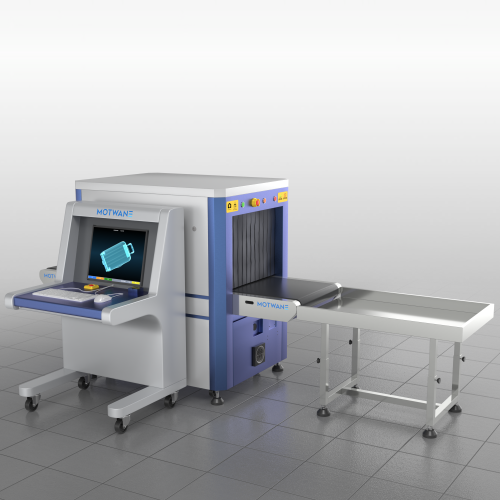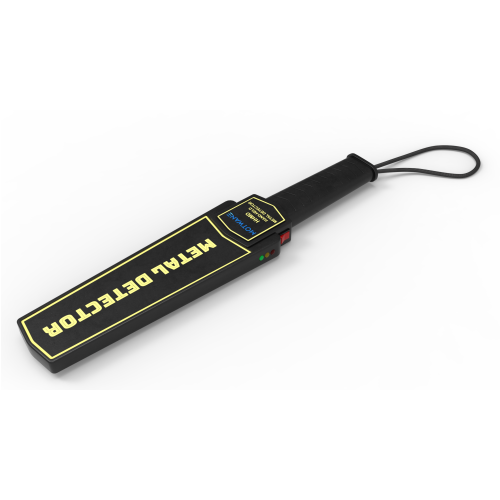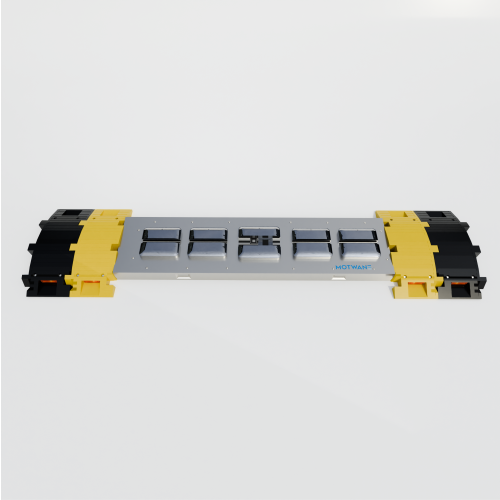FAQs
Frequently Asked Questions
Hostile Vehicle Mitigation (HVM) refers to strategies and systems designed to prevent or reduce the impact of vehicle-borne threats, such as ramming attacks or vehicles used to deliver explosives. These measures include physical barriers, such as HVM bollards, road blockers, and crash-rated fences, that stop or limit the movement of unauthorized vehicles in critical areas.
HVM solutions include a combination of security technologies like bollards, road blockers, barriers, and fences, designed to stop or slow down vehicles. High-performance products like hydraulic Hostile Vehicle Mitigation bollards and reinforced gates can provide reliable protection by blocking the access of vehicles at critical points without disrupting the flow of pedestrian traffic. In addition, temporary solutions such as portable barriers and crash-tested fences are also available for event security or temporary setups.
Modern hostile vehicle mitigation HVM measures are customized based on the level of security required and the specific vulnerabilities of the location. These solutions help safeguard not just human lives but also the operational integrity of essential services. With increasing awareness of hostile vehicle attacks, businesses and governments globally are investing more in cutting-edge HVM technologies to ensure resilient protection.
Implementing robust HVM systems is essential for deterring hostile actions, maintaining public safety, and protecting vital assets from vehicular threats.
HVM is essential for protecting high-risk locations like government buildings, airports, public spaces, and commercial areas from vehicular attacks. Such attacks can cause significant damage, injuries, or loss of life, and HVM systems provide a crucial layer of security to prevent these incidents.
Hostile Vehicle Mitigation HVM barriers include fixed and mobile solutions such as:
HVM Bollards: Metal Spherical – vertical posts to block vehicle access.
Road Blockers: Heavy-duty barriers capable of stopping large vehicles.
Crash-rated Fences: High-strength fencing designed to stop vehicles from breaching secured areas.
Portable Barriers: Temporary barriers for events or short-term protection.
Hostile vehicle mitigation systems solution are tailored based on the specific risks, vehicle types, and the environment of the protected area. Factors like traffic flow, surrounding infrastructure, and the level of threat determine the design and deployment of the HVM system.
A crash rating measures a barrier’s capability to halt a vehicle of a particular weight traveling at a designated speed. For example, K4-rated barriers can stop vehicles traveling at 30 mph, while K12-rated barriers can halt vehicles at speeds up to 50 mph. These ratings help assess which HVM solutions are appropriate for a given location based on the level of potential threat.
Modern HVM systems are designed to balance security with convenience. Many barriers, such as retractable HVM bollards and gates, allow authorized vehicles and pedestrians to pass without hindrance, maintaining a smooth traffic flow while offering high levels of security.
Yes, portable and modular HVM hostile vehicle mitigation barriers solution can be deployed for events like concerts, parades, or public gatherings. These temporary barriers are crash-rated and can be quickly set up and dismantled to provide enhanced security without permanent installations.
HVM systems are commonly used by governments, corporations, transportation hubs, event organizers, and anyone responsible for protecting high-traffic or high-profile areas. Sites like embassies, stadiums, military bases, and financial institutions often rely on HVM to mitigate vehicle-based threats.
HVM solutions can be integrated with broader security measures, such as CCTV, access control, and perimeter surveillance. This combination creates a multi-layered defense system, enhancing the overall protection of a site against multiple types of threats.
Crash tests ensure that HVM products, like HVM bollards and barriers, meet certain safety and effectiveness standards. These tests simulate real-world attacks, ensuring that the barriers can stop vehicles at various speeds and protect against different types of threats.
Hostile Vehicle Mitigation is a vital aspect of modern security, providing both temporary and permanent solutions to prevent vehicle-based attacks and ensure public safety in critical areas.







































